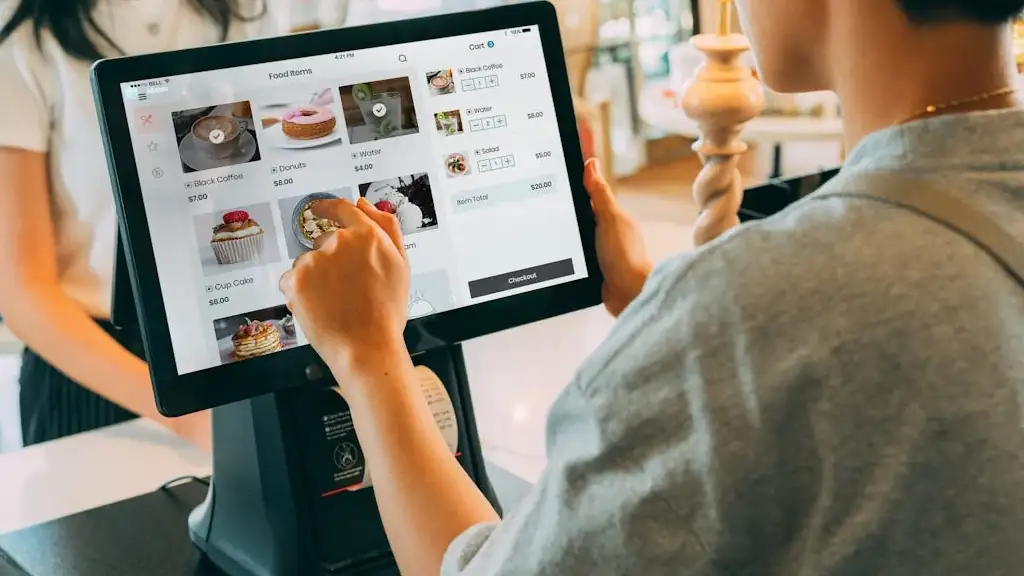PayNow has become an indispensable tool for businesses in Singapore, offering quick and convenient transactions. However, this popularity has also attracted scammers who continually devise new ways to exploit the system and target business owners. Stay vigilant and protect your hard-earned money by being aware of these common PayNow scams.
In recent months, a concerning trend has emerged in Singapore, leaving retail owners and F&B stall owners counting their losses and grappling with a sense of betrayal. The convenience of PayNow, a widely adopted digital payment method, has been exploited by a growing number of individuals using fake or doctored transaction screenshots to deceive unsuspecting food and beverage (F&B) operators in Singapore, where the same transaction shown by the scammer cannot be found on the F&B operators’ POS system when accounting. This insidious scam not only results in immediate financial losses but also erodes trust and adds operational burdens on businesses already navigating a competitive landscape.
To combat these scams, education is key. Here are the Top 3 ways that scammers will engage in the Paynow Scam:
1: The Fake Payment Screenshot Scam
Several cases have surfaced, painting a worrying picture of the scale and audacity of these scams. Restaurants across the island, from bustling hawker centres to established eateries, have fallen victim to this fraudulent tactic. The modus operandi often involves a customer showing a screenshot on their phone, seemingly confirming a successful PayNow transfer. Busy staff, especially during peak hours, may not have the immediate capacity to verify the transaction in the POS system in real-time, leading them to believe the payment has been made. It is only later, upon checking their accounts, that the owners discover the funds never materialised.
One particularly recent case involved a hawker at who was scammed of $55.50 by a woman using a fake PayNow receipt. The hawker’s son, upon seeing reports of similar incidents, checked his father’s CCTV footage and bank records, uncovering the deception. In another instance, a seafood restaurant reported losses exceeding $4,600 over two years due to a customer repeatedly using fake PayNow screenshots. This highlights the potential for significant cumulative losses if such scams go undetected for extended periods.
The sophistication of these fake screenshots can be alarming. In some instances, they appear genuine at first glance, making it difficult for staff to identify them as fraudulent, especially during busy service periods. Scammers may use photo editing tools to create convincing replicas of successful transaction notifications, complete with realistic details such as timestamps and transaction IDs.
2: The QR Code Swap Scam
A QR code swap criminal offence typically refers to a fraudulent scheme in which a criminal replaces a legitimate QR code with a malicious one to trick users into performing unintended actions – most commonly sending money or revealing personal information. The criminal physically replaces a legitimate QR code (e.g., at a restaurant or payment terminal) with their own.
The fake QR code redirects users to a different wallet address. The user may unknowingly send funds to the scammer’s wallet instead of the intended recipient, leading to losses for both the prior intended receiver and the payer.
A case in Singapore involved a customer who scanned a QR code for free ice cream and was charged for a mobile service fee. Other examples of QR code swaps redirect users to sites that install malware onto the device, potentially leading to unauthorised access, data breaches or other malicious activities.
3: The “Accidental Transfer” Refund Scam
You might receive a PayNow transfer from an unknown number, followed by a message claiming it was a mistake and requesting an immediate refund. Before processing any refund, carefully check your transaction history to ensure you received the funds and that the amount matches the claim. Scammers might try to pressure you into refunding more than you received or use this as a way to obtain your PayNow details for other fraudulent activities.
ACT against scams today
Beyond the immediate financial impact, these scams have broader implications for the F&B industry. They create an environment of distrust, forcing businesses to implement more stringent, and potentially time-consuming, payment verification processes. This can lead to longer wait times for customers and increased workload for staff.
The psychological impact on the victims is also significant. Small business owners and hawkers often operate on tight margins, and these unexpected losses can be deeply felt. The feeling of being cheated can be demoralising, especially for those who have built their businesses on trust and hard work.
While some victims have chosen not to pursue police reports due to the perceived hassle or small amounts involved in individual incidents, the cumulative effect of these scams can be substantial. Law enforcement agencies have issued advisories urging businesses to be vigilant and to implement stricter verification procedures for digital payments. These include:
Real-time verification
Always check bank accounts or PayNow transaction histories immediately to confirm receipt of funds before allowing the customer to leave.
Scepticism towards screenshots
While screenshots can be a form of confirmation, one should check the actual bank account for any fund movement.
Staff training
Equip staff with the knowledge to identify potential discrepancies or red flags such as static PayNow transaction confirmation screenshots.
Consider payment confirmation devices
Explore the use of dedicated devices that provide immediate audio or visual confirmation of successful PayNow transactions.




